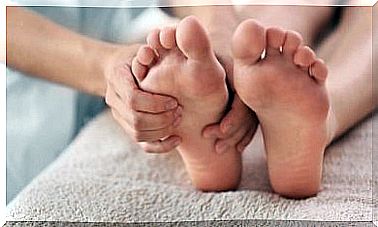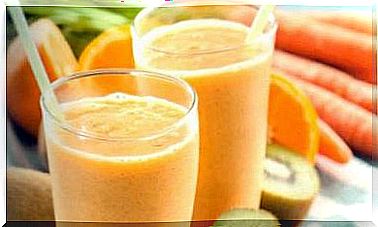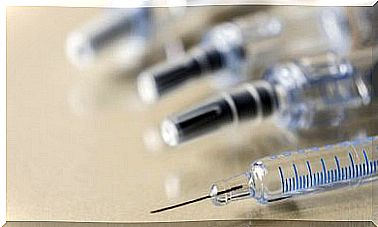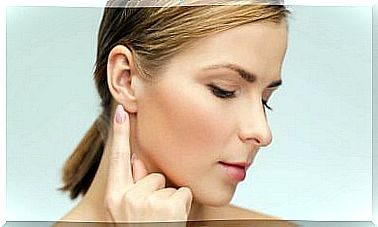Are Cleaning Chemicals Harmful?
On many occasions we hear that cleaning chemicals are harmful to health. Some elements such as chloroform, formaldehyde or phthalate can cause serious illnesses in children, adults and even pets. Next, we will see a list of the most harmful and how to replace them.
The scientific data is concrete and categorical: more than half of what is offered in supermarkets and stores contains harmful ingredients. In special, allergies and respiratory problems are the consequence of their continued exposure.
Cleaning chemicals according to science
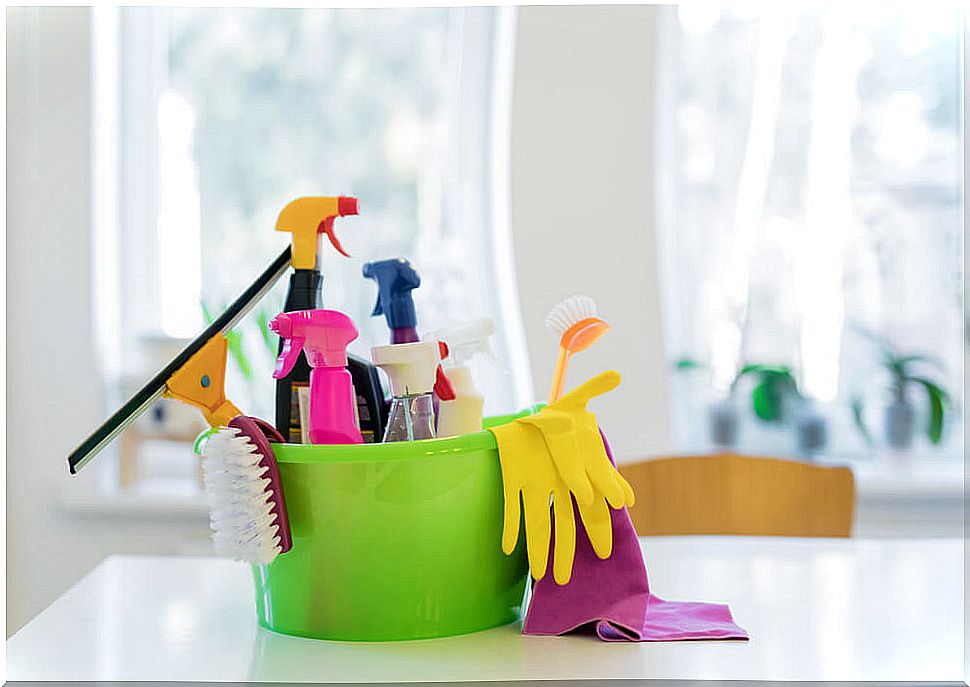
In 2012, the Environmental Working Group (EWG) carried out an analysis of those liquids and cleaning products most common in homes. The results were startling. About 65 highly toxic substances were found that are frequently associated with infertility, endocrine disorders, general malaise or neurotoxic diseases.
In Norway, the Department of Clinical Science of the University of Bergen, carried out an investigation based on the monitoring of 6 thousand people who used cleaning chemicals daily. In this case, the emphasis was on damage to the respiratory system in people exposed to these toxic elements.
For its part, the Nature Climate Change study at Harvard University has focused on the damage that these substances imply for the environment as a whole. Population symptoms such as anemia or iron deficiency derive from contamination resulting from cleaning chemicals.
The American Environmental Protection Agency (EPA) joins this aspect. The institution mentions the chilling figure of 150 thousand highly harmful synthetic substances with which people live daily.
Toxic substances present in cleaning chemicals
- Phthalates: they make up cleaning products with synthetic perfumes and their main risk is that of being endocrine disruptors. They are found in dishwashers, floor and furniture cleaners, on toilet paper, and even personal hygiene items.
- Perchlorethylene: present in those ‘dry cleaning’ products. This component can cause dizziness to respiratory and eye irritation, as it is considered a neurotoxic agent. Specifically, it integrates carpet cleaners, stain removers, etc.
- Triclosan: characteristic of dishwashers, it is banned in the United States for generating bacteria that resist antibiotics. On the other hand, it is extremely detrimental to natural ecosystems.
- Quaternary Ammonium Compounds (QAC) – Like triclosan, it is listed on labels as an ‘antibacterial’. The truth is that its prolonged use can be responsible for conditions such as dermatitis and respiratory allergies. We find it in fabric softeners and various disinfectants.
- Butoxyethanol: from the family of solvents, it is a very effective multipurpose cleaner. In practice, its daily use affects everything from the lungs to the liver and kidneys.
Alternatives to clean without risks
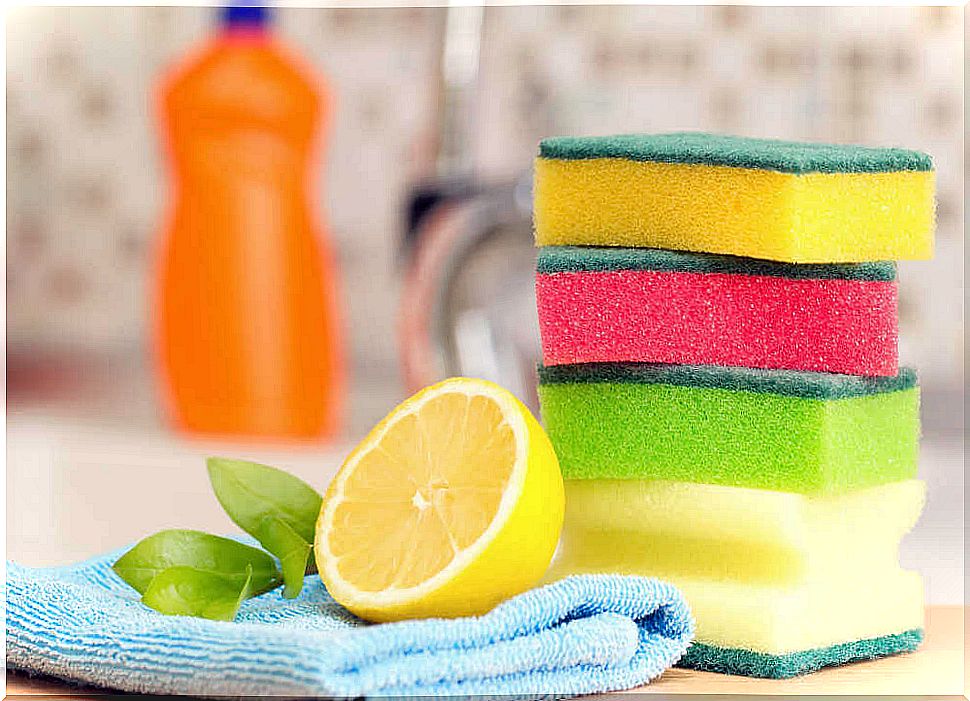
First of all, eliminate all spray cleaners and ventilate the house for a long time after cleaning. Gloves and masks are, on the other hand, essential to avoid poisoning.
All precautions are valid to prevent contaminated air from entering the lungs or coming into contact with the skin. Let’s not forget that there are many effective tricks to apply when cleaning at home.
Cleaning chemicals can be replaced without compromising the cleanliness of the home. In reality, the best option are those toxic-free ecological alternatives that are made at home. If the intention is to buy chemical-free cleaning products, you may have to talk about a larger investment.
On the other hand , most of the work can be done with a clean cloth, water and a little soap. If they cannot be avoided, it is essential to remember not to use chemical cleaning products in the presence of children, the elderly or vulnerable people, such as pregnant women.
In conclusion, cleaning chemicals enter the body through the respiratory tract, skin and eyes, mainly. So its consumption must be responsible, being vital to keep informed of its components. The final tip: read the labels and consider your health.


